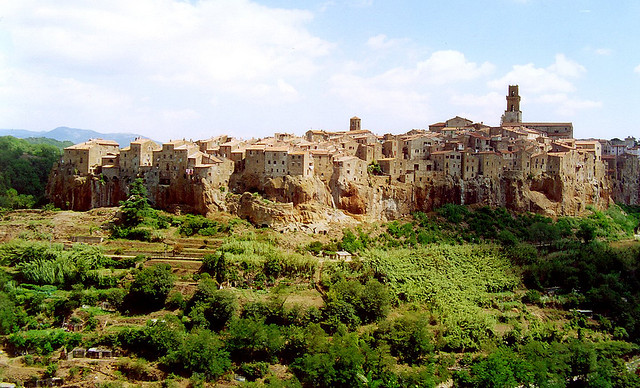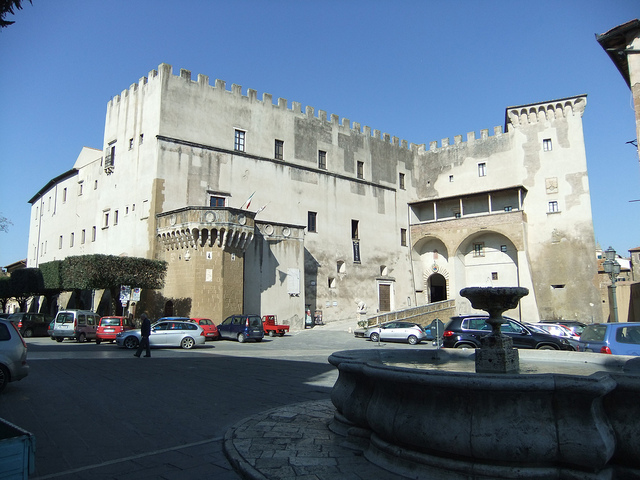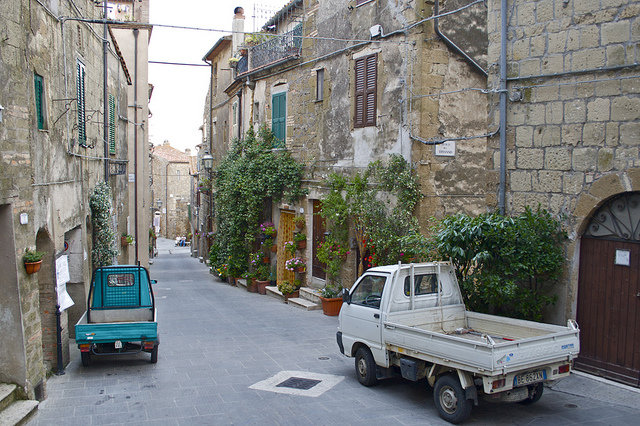Despite its dramatic position, undeniable charm and many historic sites, Pitigliano has not been overrun by tourists like many of its neighbouring hilltop towns in Tuscany and can be visited on private Italy vacations. Perched on a volcanic rock ridge the village was once settled by Etruscans, Romans, ruled by the powerful Aldobrandeschi, Orsini, Medici and Lorraine families. Dubbed Little Jerusalem (La Piccola Gerusalemme), Pitigliano had a thriving Jewish community that settled here in the 16th century. In the Jewish Quarter of Pitigliano some fragments of history have survived: the synagogue, the Hebrew cemetery, kosher oven and a wine cellar which are all open to the public.

At the town’s entrance, you will see the imposing 14th century Palazzo Orsini built as a fortress with impenetrable defence walls and towers. It houses a museum with an interesting collection of Etruscan finds from the area. Next to the museum is a fragment of an aqueduct built by the Medici.

Pitigliano’s oldest building is Chiesa di San Rocco built in the 12th century over a pagan temple has fragments of lovely fading frescoes. The Cathedral of Saints Peter and Paul is an interesting mix of styles from medieval times, Renaissance and late Baroque with some artworks from the 17th to 19th centuries.
There is a network of underground tunnels and caves in the town with some of them dating as far back as 400 AD. Virtually every old building in Pitigliano has a cellar carved in the tufa rock. Many of these caves were used as tombs during Etruscan times and later turned into wine cellars. Some parts of the underground area can be visited on special tours led by local guides.

The town hosts a number of interesting festivals and events throughout the year. In March, during the Torciata of St. Joseph, a small procession of men dressed in habits carries reed torches that are burnt in the central square to symbolise the end of winter. In August, locals and visitors enjoy the Festa della Contea, three days of Renaissance banquet with music, dances and archery.
Photos via Flickr by: Thomas Mues, Giacomo Boschi, Jose Gonzalez


